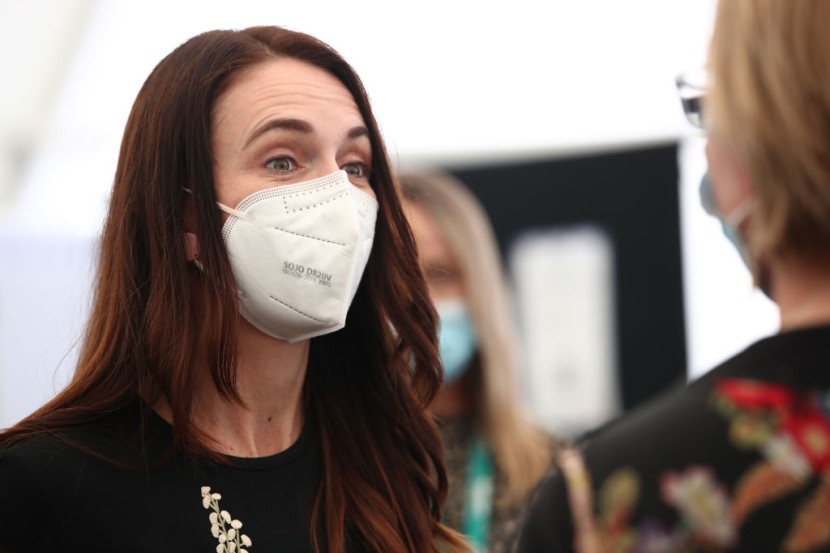
New Zealand Prime Minister Jacinda Ardern announced that the country will enter a new phase amid a surge of coronavirus cases driven by the highly transmissible Omicron variant.
Starting midnight of Tuesday, the country's Phase 2 will take effect, which aims to minimize disruption to supply chains nationwide. The decision comes as the infection continues to spread its reach across New Zealand. Ardern announced the decision during a news conference on Monday that was held in Wellington.
New Zealand's Phase 2
The new phase means that cases and close contacts will be required to isolate for less time and authorities will introduce a new scheme that will allow critical workers to remain in their jobs. Over the weekend, New Zealand reported almost 1,800 new cases, an increase of about 300 in the daily average over the last seven days.
The prime minister said that the country's 94% vaccination rate and the penetration of booster shots, which was clocked at 60% of eligible people, slowed the rate at which the Omicron variant spread compared to other countries, as per Bloomberg.
The nation also documented a record-high of 981 new cases of the coronavirus on Monday. The new phase will cause isolation periods for positive cases to be shortened from 14 days to 10 days. Similarly, the isolation period for close contacts will be shortened from 10 days to seven days.
Furthermore, the isolation period for residents can be served concurrently if multiple members of the same household test positive for the virus. This means that people will not need to be kept in isolation for extended periods unless they actually become infected with the highly transmissible disease.
Stuff reported that the nation will also see more use out of Rapid Antigen Tests (RATs) and noted that critical workers identified as contacts will be allowed to return to work if they are able to submit a daily negative RAT. Previously, New Zealand's federal government indicated that the nation would move to Phase 2 when it hits 1,000 cases per day.
Public Protests
The situation comes after Prime Minister Ardern on Monday labeled demonstrations against a COVID-19 vaccine mandate as an "imported" phenomenon. She said that the protests were nothing like anything she has ever seen before in the country.
For a seventh day, hundreds of protesters have been occupying lawns in front of the distinctive "Beehive" parliament and have repeatedly ignored calls by the police to leave. The demonstrators have been undaunted by heavy rain over the weekend.
The protesters have taken inspiration from the ongoing "freedom convoy" in Canada where truckers have been demonstrating against vaccine mandates in their nation. The New Zealand version similarly blocked several streets around parliament using their trucks, vans, and motorcycles.
Ardern said that she witnessed several Trump flags on the forecourt as well as Canadian flags, a remark that referred to images of the former U.S. president that some demonstrators were carrying. During a news conference later that day, the New Zealand prime minister announced that protesters demanded the removal of all public health COVID-19 measures, Reuters reported.
Related Article:
COVID-19 Cases Nearing End of "Full-Blown" Phase; But USA Still on Track To Reach 1 Million Deaths
© 2025 HNGN, All rights reserved. Do not reproduce without permission.








